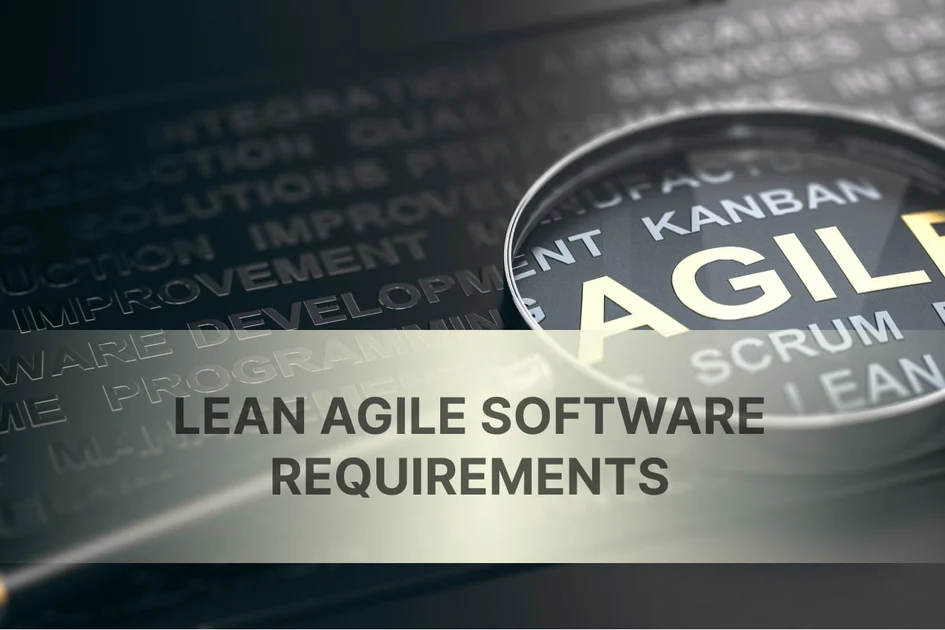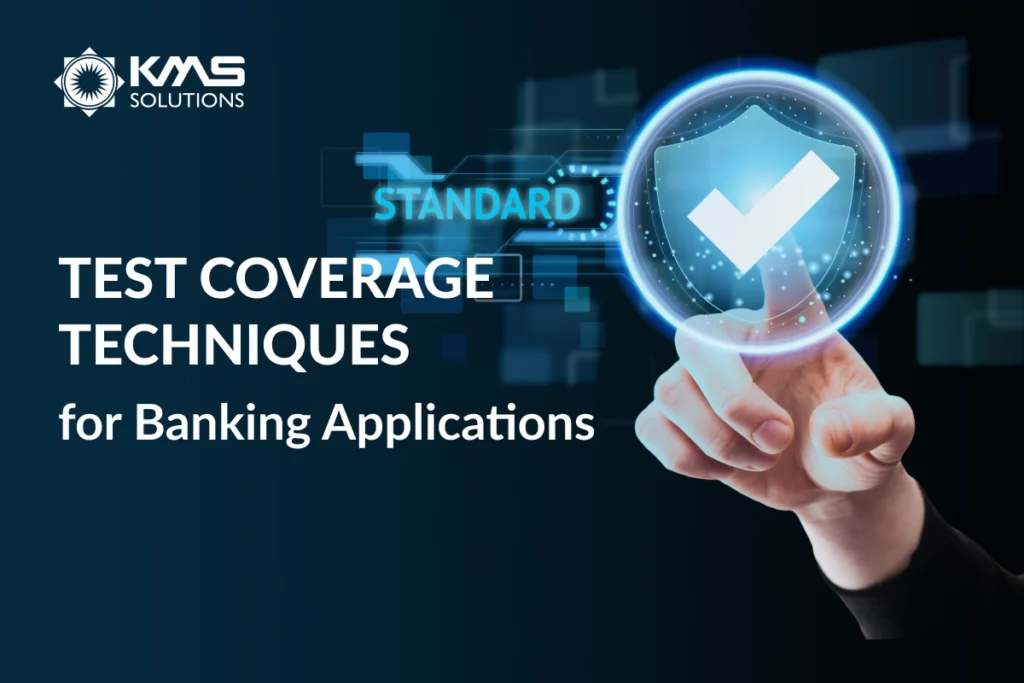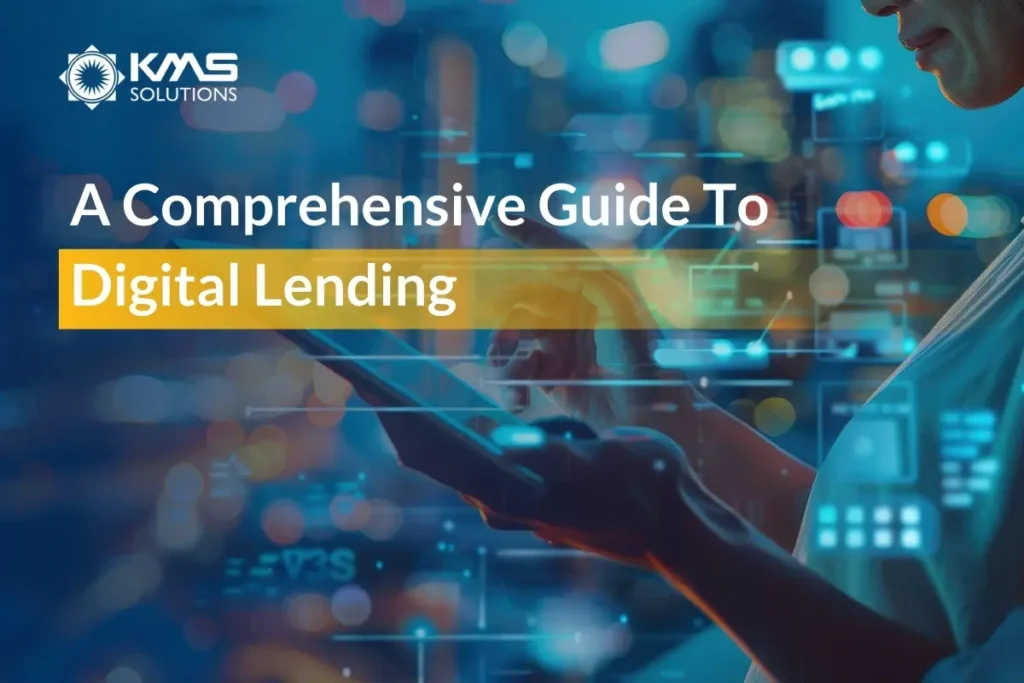Since many traditional project teams have indicated their challenges in accommodating the changing project scopes and deadlines, adopting a more fast-paced software development way is worth considering. Scaled Agile methodology welcomes changes in requirements and feedback from end-users to improve products’ time-to-market and digital customer experience.
For enterprises considering Agile methodology, being able to define lean and scalable requirements can increase the effectiveness and speed of software development. Thus, this article will help you leverage Agile implementation based on practical requirements discovery.
Agile Requirements in the Enterprise
The requirement analysis is the initial phase that can lead to the success of other subsequent steps and the project as a whole. In this step, the enterprise will need to carefully define three levels of the Scaled Agile Framework (SAFe) requirements model: Team, Program, and Portfolio.
1. The requirement model for Agile teams

Figure 1: The Agile Team Level
In this section, the fundamental characteristics of the agile team and how it organizes work to produce the customer value stream will be figured out.
When working on an agile project, understanding the requirements is necessary. To optimize the software development process, the teams need to organize around the requirements first. Since the efficiency of these agile teams is paramount to the overall organizational efficiency, ensuring the balance between the backlog of internally facing work and user stories that deliver immediate business value is vital.
Backlog items consist of Epics, Capabilities, Features, Stories, Non-functional Requirements (NFRs), and more.
The team backlog
The team backlog, also called a product backlog, is the sole source of decisive work for the team. It includes all the essential work that needs to be done. In an Agile team, the product owner is responsible for the maintenance and prioritization of the backlog.
User stories
A story is a kind of backlog item and plays a fundamental role in value delivery. In reality, agile user stories help organizations drive their efforts to comprehend the viewpoint of the end users. With the user-voice form, the team can learn to concentrate on both the users’ roles and the business benefits.
The relationship between backlog, stories, and tasks
In agile development, individual team members take responsibility for tasks in the estimated period. An accumulation of tasks unperformed or materials not processed generates a backlog. By analyzing the backlog, the Agile team leader can keep track of the project’s performance.
2. Program level of Agile team

Figure 2: The Agile Program Level
At the Program Level, development teams and other resources are assigned to some vital, ongoing development missions. This model concentrates on the vision, features, and requirements suitable for developing large-scale systems, applications, products, and suites.
Vision
Vision is essential in defining what is to be constructed and organizing teams around a single objective. To communicate the vision effectively among agile teams, there are various choices: vision document, draft press release, preliminary data sheet, backlog, and vision briefing.
Feature
Features are the higher version of software requirements that can bridge the gap between the solution and problem domains. A set of features forms the vision that delivers value to end-users and differentiates a product in the market.
Non-functional requirements (NFRs)
The requirements serve as constraints or restrictions on the system’s design across the different backlogs. They ensure the usability and effectiveness of the entire system. Proper definition and implementation of NFRs are critical that require extensive skills from Agile teams.
3. The model for Agile Portfolio

Figure 3: The Agile Portfolio Level
To manage system requirements in an agile manner, the team model plus the program model may be enough. However, in any Lean-Agile Enterprise, to set the tone for developing and achieving the objectives in fulfilling all the requirements necessary, the Portfolio level is necessary for planning strategic themes.
Product and Release Managers at the program level can use these portfolio backlog artifacts to form their backlog of more detailed program-level initiatives.
Investment theme
Investment themes (or product themes) indicate the set of initiatives that drive the enterprise’s investment in systems, products, applications, and services.
Epic
In the requirement model, epics – which are the highest-level requirements artifacts, lie between investment themes and features. Due to their substantial scope and influence, epics need the definition of a Minimum Viable Product (MVP) and approval by Lean Portfolio Management before execution.
Characteristics of epics include indirect implementation and indirect testability.
Capabilities
Capabilities are higher-level solution behaviors that span through multiple ARTs. To make them more effortless in implementing a capability, they must be deteriorated into features to be executed. They, in turn, are separated into stories consumable by teams within an iteration.
Overall, features and capabilities are vital to the SAFe requirements model as they help to define, plan, and implement solutions.
How Epics, Features, and Stories are Different?
It’s clear now that Epic, Feature, and Story express what the user needs, but what is the main difference between them? Check out this table
Description | Occurrence | |
Epic | An Agile Epic is a large body of work that will be delivered over multiple sprints. | Strategic planning |
Feature | A chunk of work from the Epic – a deliverable that adds value and moves towards completing the Epic | Increment planning |
Story | Short requirements or requests are written from the perspective of an end-user | Sprint planning |
Access the full comparison table at Lean-Agile Software Requirements
Summary
Scaled Agile Framework (SAFe) is being continuously adopted across enterprises at three main levels: team, program, and portfolio. Among agile businesses, these levels aid in the smooth implementation of value delivery and achieving corporate goals. By combining three levels of SAFe effectively, enterprises can deliver fast, high-quality products and adapt to continuous feedback from users.








